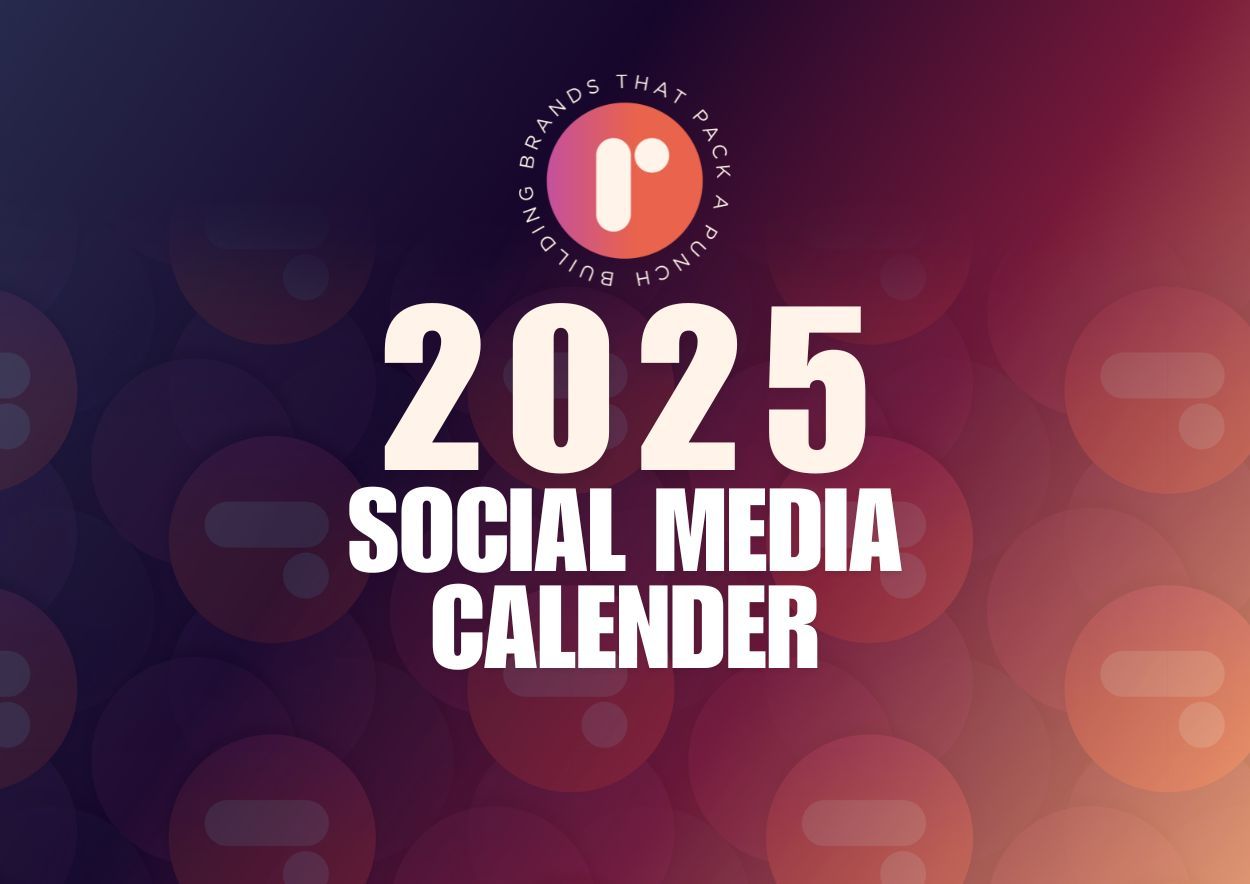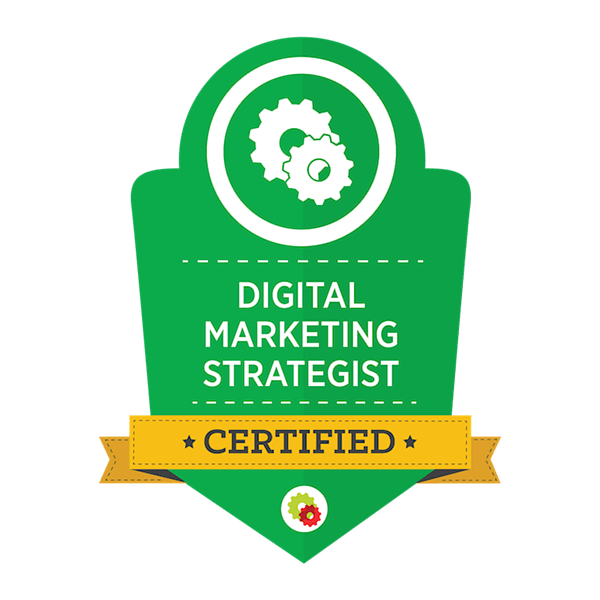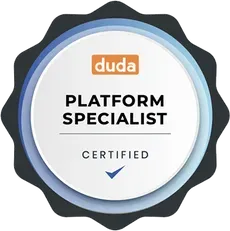Get in touch
(903)-570-3445
philip@getroundhouse.com
Boosting Local Business Sales: Proven Strategies for Attracting More Clients and Customers
In today's digital age, having a strong brand, website, and content strategy is crucial to growing your business and increasing sales. However, many businesses struggle with the task of creating an effective strategy that drives results. In this post, we will discuss the key elements of a successful sales strategy and provide tips and best practices to help you achieve your sales goals.
Develop A Strong Brand
Your brand is the face of your business, and it's essential to create a consistent visual identity and messaging that clearly communicates the unique value of your product or service. A strong brand not only sets you apart from your competition, but it also builds trust and credibility with your customers.
To create a strong brand, consider the following:
- Define your brand values and messaging: What does your brand stand for, and what makes your product or service unique? Make sure your messaging reflects these values and differentiates you from your competition.
- Create a consistent visual identity: This includes your logo, color palette, and typography. Make sure all elements are consistent across all of your marketing materials.
- Establish brand guidelines: Create a set of guidelines that dictate how your brand should be represented. This will ensure that everyone within your organization is on the same page and your brand remains consistent.
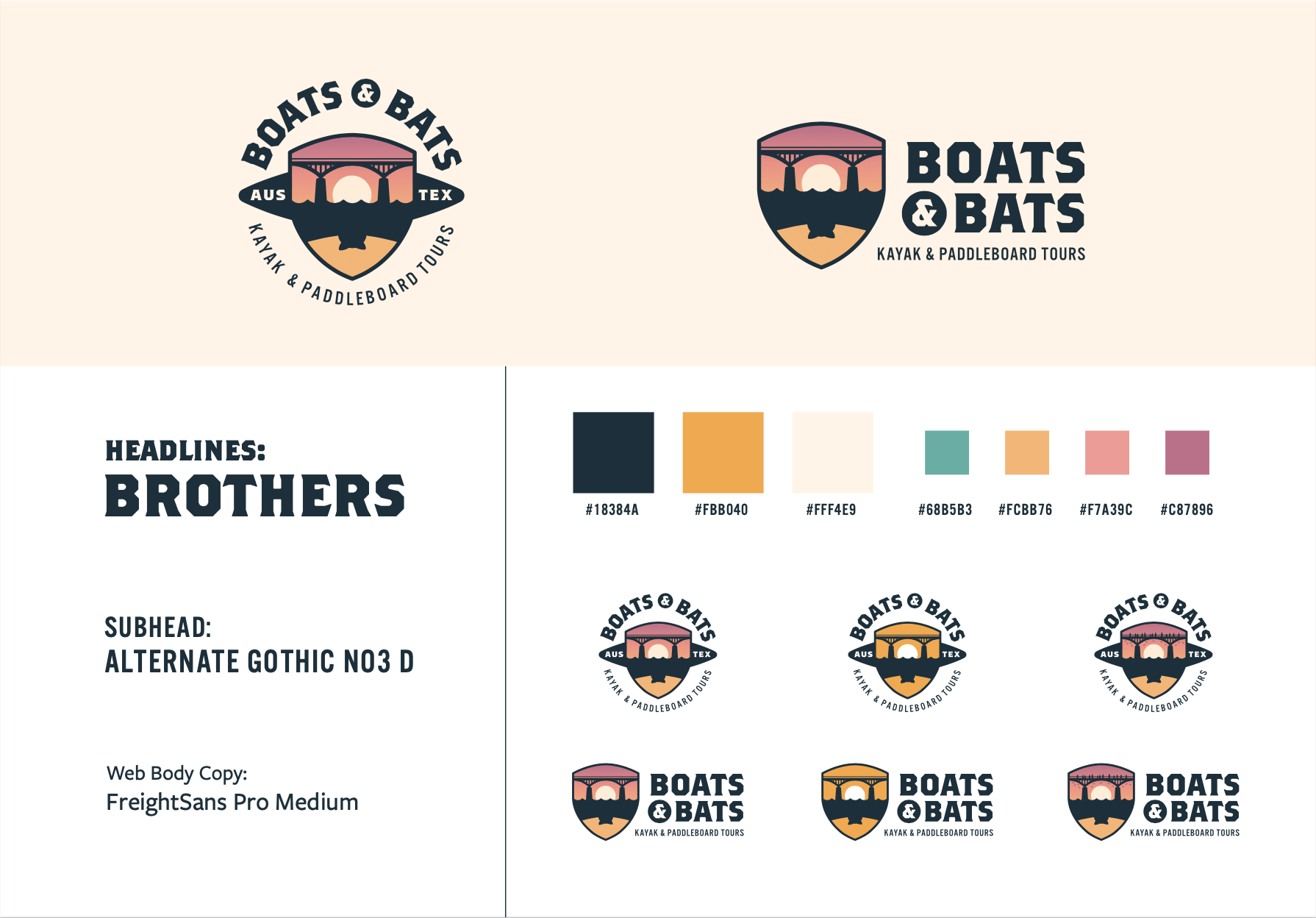

Optimize Your Website
Often times your website is the first point of contact for a potential customer. It's essential to make sure your website is easy to navigate, visually appealing, and provides all the information potential customers need to make a purchase.
Consider the following when optimizing your website:
- Navigation: Make sure your website is easy to navigate; use clear headings and a logical structure. This will help visitors find the information they need quickly and easily.
- Design: Your website should be visually appealing and reflect your brand identity. Make sure your website is up-to-date and responsive, meaning it looks great on any device.
- Content: Your website should provide clear and concise information about your product or service, including features, benefits, and pricing. Make sure to include high-quality images and videos to bring your product and services to life.
Create Valuable Content
Creating valuable content is a critical part of your sales strategy. This can include blog posts, videos, social media posts, and more. The goal of your content should be to educate, entertain, and inspire your target audience. By doing so, you can establish your brand as a thought leader and drive traffic to your website.
Consider the following when creating your content:
- Know who you are targeting: Who are you trying to reach, and what do they want to learn? Make sure your content is relevant and valuable to your target audience.
- Use a variety of formats: Mix things up by using different formats, such as videos, blog posts, and infographics, to keep your content fresh and engaging.
- Share on social media: Share your content on social media to reach a larger audience and drive traffic to your website.
Use Marketing and Advertising
Marketing and advertising are critical components of your sales strategy. They allow you to reach potential customers and increase brand awareness.
Consider the following when developing your marketing and advertising strategy:
- Use social media: Social media is a great tool for reaching potential customers. Make sure to have a presence on the platforms where your target audience is most active.
- Email marketing: Email marketing is a great way to speak to your target audience and promote your products or services. Make sure your emails are visually appealing, relevant, and valuable to your audience.
- Paid advertising: Consider using paid advertising, such as Google Ads or Facebook Ads, to reach potential customers who are actively searching for products or services like yours.
Optimize for Conversions
Once you have a steady flow of traffic to your website, it's time to optimize for conversions. This means using techniques such as A/B testing, heat mapping, and customer feedback to improve the conversion rate on your website.
Consider the following when optimizing for conversions:
- A/B testing: Test different elements of your website, such as the placement of buttons or the wording of your messaging, to see what resonates best with your target audience.
- Heat mapping: Use heat mapping software to see where visitors are clicking and what they are interested in on your website. This can help you make improvements to increase conversions.
- Customer feedback: Ask your customers for feedback on your website and product or service. This will help you identify areas that you can improve and make changes that will increase conversions.
Focus on Customer Service
Excellent customer service is essential to building trust and loyalty with your customers. By providing a positive customer experience, you can increase the likelihood of repeat business and positive word-of-mouth referrals.
Consider the following when focusing on customer service:
- Respond promptly: Make sure to respond to customer inquiries quickly and efficiently.
- Be helpful: Provide helpful and informative responses to customer inquiries
- Follow up: Follow up with customers after a purchase to ensure their satisfaction and address any issues.
Use Customer Data
Finally, it's essential to use customer data to understand buying patterns and tailor your marketing and sales efforts to target specific segments of your customer base.
Consider the following when using customer data:
- Collect customer data: Make sure to collect data on your customers, including their purchase history and preferences.
- Analyze customer data: Use analytics tools to analyze your customer data and identify trends and patterns.
- Tailor your marketing efforts: Use the insights from your customer data analysis to tailor your marketing and sales efforts to target specific segments of your customer base.
In conclusion, a strong brand, website, and content strategy is crucial to growing your business and increasing sales. By focusing on the key elements of a successful sales strategy, such as developing a strong brand, optimizing your website, creating valuable content, and using marketing and advertising, you can achieve your sales goals and grow your business.
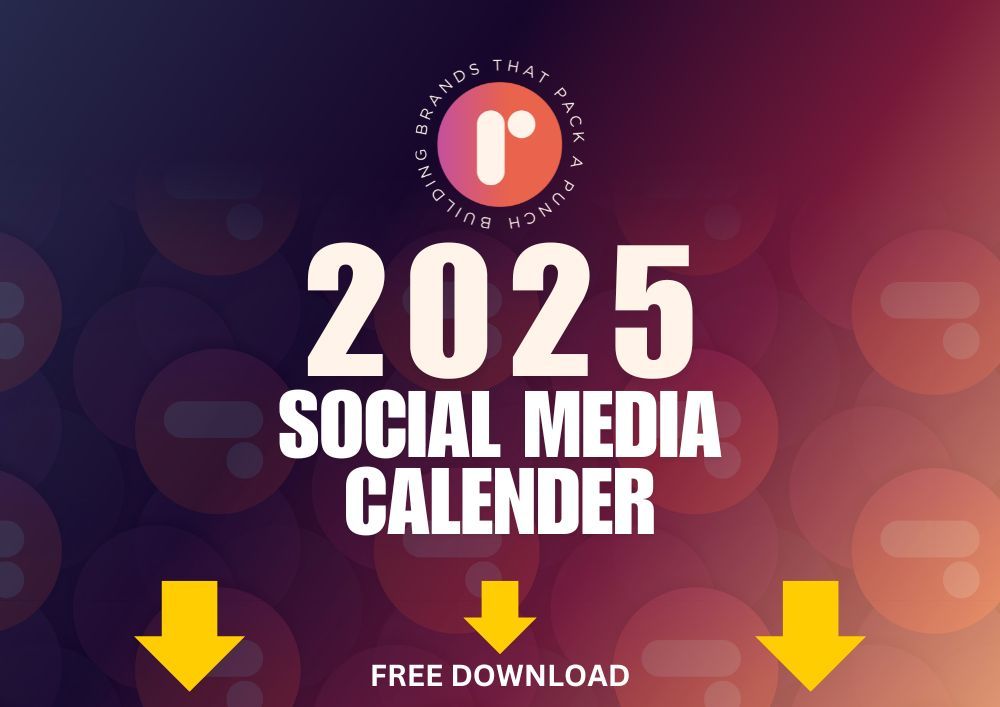
Get Fresh Content From
Roundhouse Digital Marketing

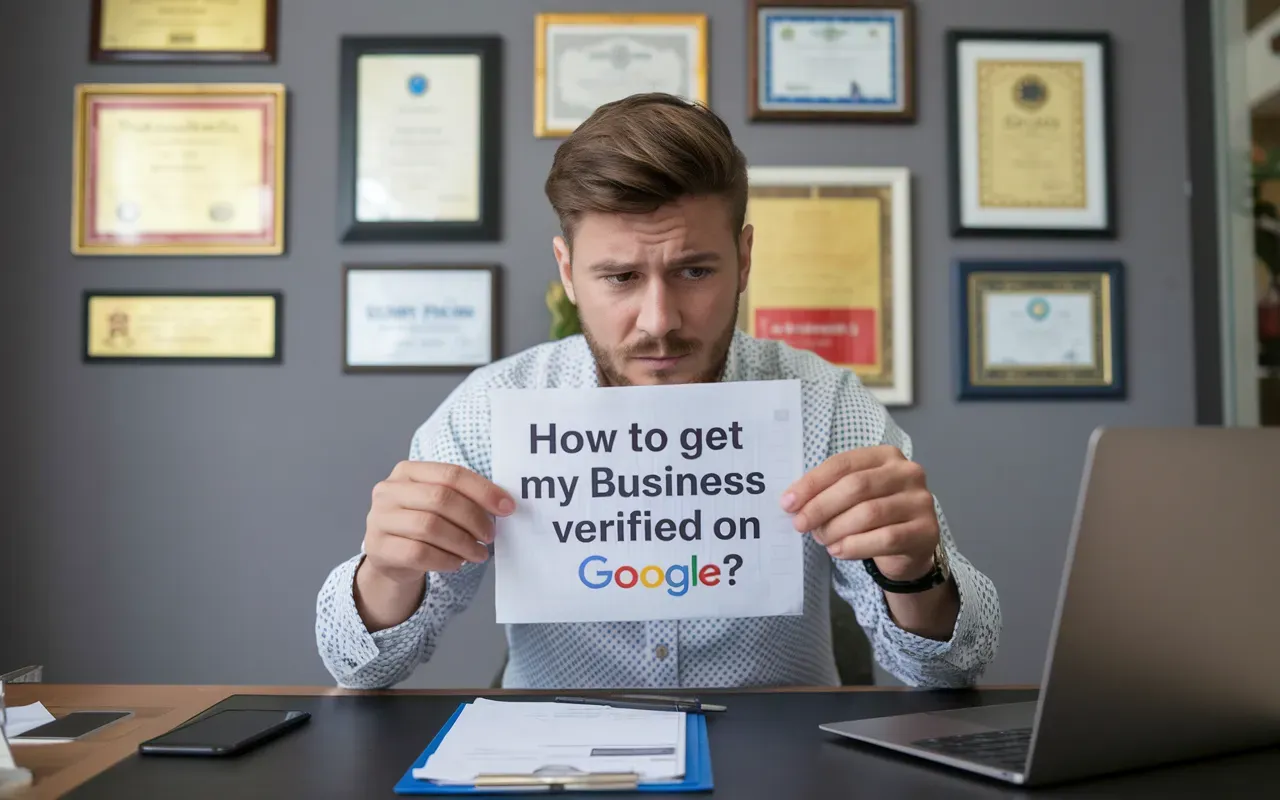

About The Author:

Philip Ellis
Founder and CEO, Roundhouse Digital Marketing
My name is Philip and I am a web design and client attraction consultant. I specialize in helping contractors, roofers, home builders, and other local service-based businesses get more views, leads, and sales online.
With over 12 years of experience in the industry, I have the knowledge and skills to create stunning websites and effective digital marketing campaigns that drive results for my clients.


